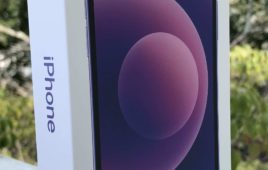Verizon took out a full-page ad in Monday’s Wall Street Journal to stake its claim as the nation’s most reliable network.
The ad—no small gesture considering the rate for a non-contract color full-page ad in the Wall Street Journal’s national edition costs nearly $328,000—is presumably in response to an AT&T press release issued last Friday, in which the carrier claimed it is “now also [the] nation’s most reliable.” AT&T backed up its claim by citing a study that “compares data transfer completion rates on nationwide 4G LTE networks,” but it does not indicate who conducted the study.
In Verizon’s ad, the carrier asserts that “others have tried to claim reliability. But to us it’s not a hollow claim. Or a slogan. Or a fancy ad campaign.” Verizon goes on to state that before others can claim reliability they have to adhere to Verizon’s standard, which touts the carrier’s $7 billion spent annually on building and maintaining its network.
In its annual testing of wireless networks, PC Mag found AT&T’s LTE to be the fastest—something that AT&T mentioned in its press release—but picked Verizon’s LTE as the most reliable.
Taking the wireless provider war of words to the printed page is something AT&T engaged in earlier in the year, when the carrier dropped a full-page ad in the New York Times, Wall Street Journal and USA Today. The ad directly attacked T-Mobile’s network.
AT&T and Verizon are no strangers to this kind of back and forth. The two major carriers have in the past sparred over the terms “Fastest” and “Reliable.” They have also taken to the courts an argument over the accuracy of coverage maps used in their advertising campaigns.




